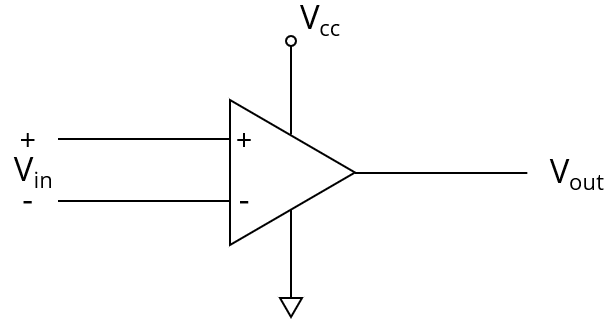EMC Question of the Week: September 27, 2021

The common-mode rejection ratio of an ideal differential receiver is
- 0
- 0 dB
- 6 dB
- infinite
Answer
The correct answer is “d.” The gain a differential amplifier is the ratio of its output voltage to its differential input voltage, V+ - V-, when there is no common-mode voltage on the input. This could also be referred to as the differential voltage gain. The common-mode gain of a differential amplifier is the ratio of its output voltage to the common-mode input voltage, (V++V-)/2, when there is no differential-mode voltage on the input. The common mode rejection ratio is the ratio of the differential-mode gain to the common-mode gain. In an ideal differential receiver, the common-mode gain is 0, so the common mode rejection ratio is infinite.
Note that if one side of the differential receiver's input is shorted to ground, the differential-mode gain and the common-mode gain are equal. In this case, the common mode rejection ratio is "1" or 0 dB.
Have a comment or question regarding this solution? We'd like to hear from you. Email us at
